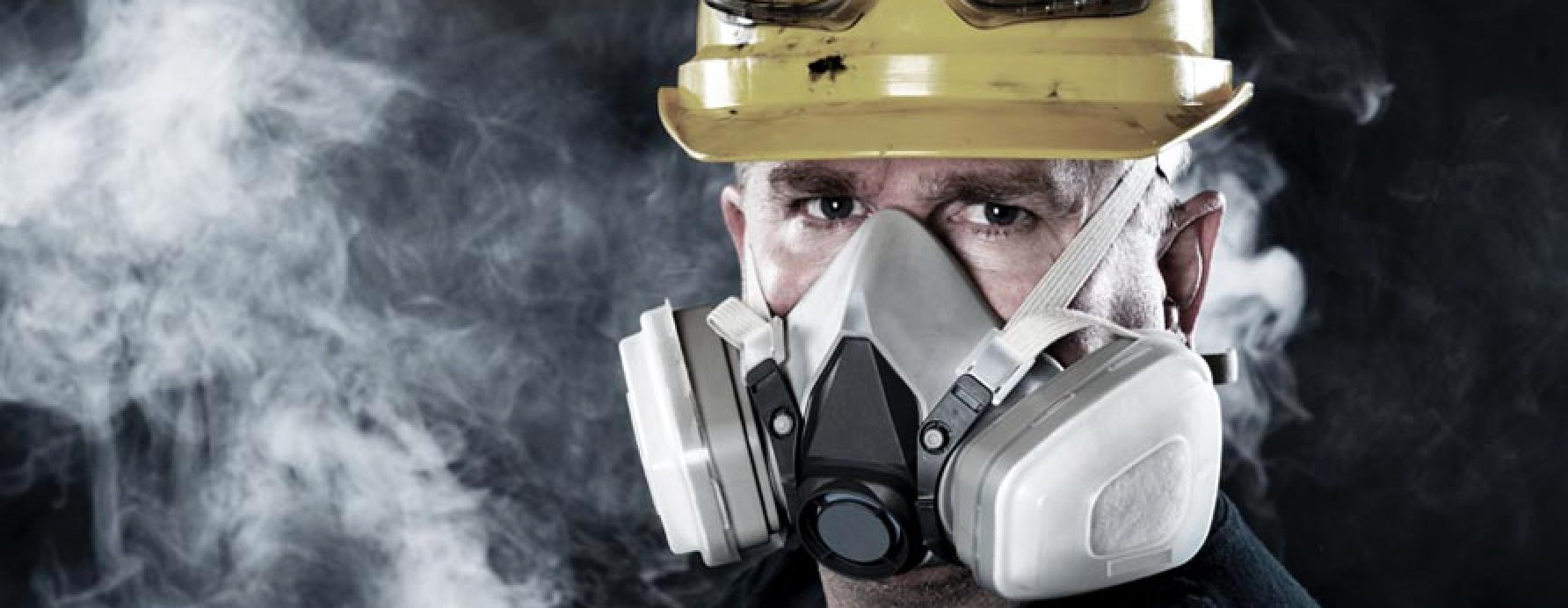Respirable crystalline silica is present in substantial quantities in sand, sandstone and granite, and often forms a significant proportion of clay, shale and slate. It can also be found in chalk, limestone and other rock and soil, though this is unusual. Products such as concrete and mortar also contain crystalline silica.
The health hazards of silica come from breathing in the dust.
Activities which can expose workers to the dust include:
The use of power tools to cut or dress stone will lead to high exposures throughout the work. For other activities, exposure will often depend upon how confined the working space is, the presence or absence of ventilation and how near the worker’s breathing zone is to the source of the dust.
In most cases, when it is reasonable to expect dust levels to be significant, you should consider the need for atmospheric sampling of respirable dust and respirable silica.
Silica has been assigned a maximum exposure limit (WEL) of 0.1 mg/m3, expressed as an 8-hour time weighted average (TWA). This means that exposure to respirable crystalline silica should be reduced so far as is reasonably practicable and, in any case, below the WEL.
Our consultants are here to help you and can develop and implement monitoring strategies to indentify if maximum exposure limits are being exceeded with respect to silica dust present in the workplace or arising from your working activities.
Our team we will advise on appropriate measures to be taken to reduce the risk of exposure to crystalline silica and ensure you comply with the Control of Substances Hazardous to Health regulations.
For further help call us on 0870 7019170 or email: sales@euroenvironmental.co.uk

2022-01-20
Inhaling silica dust can lead to serious, sometimes fatal illnesses. Silica in its crystalline form has recently been classed as a respiratory carcinogen as it causes occupational cancer.
Contact Us
Please fill in the short form below for any enquiries.
Search
Please fill in the short form below for any enquiries.